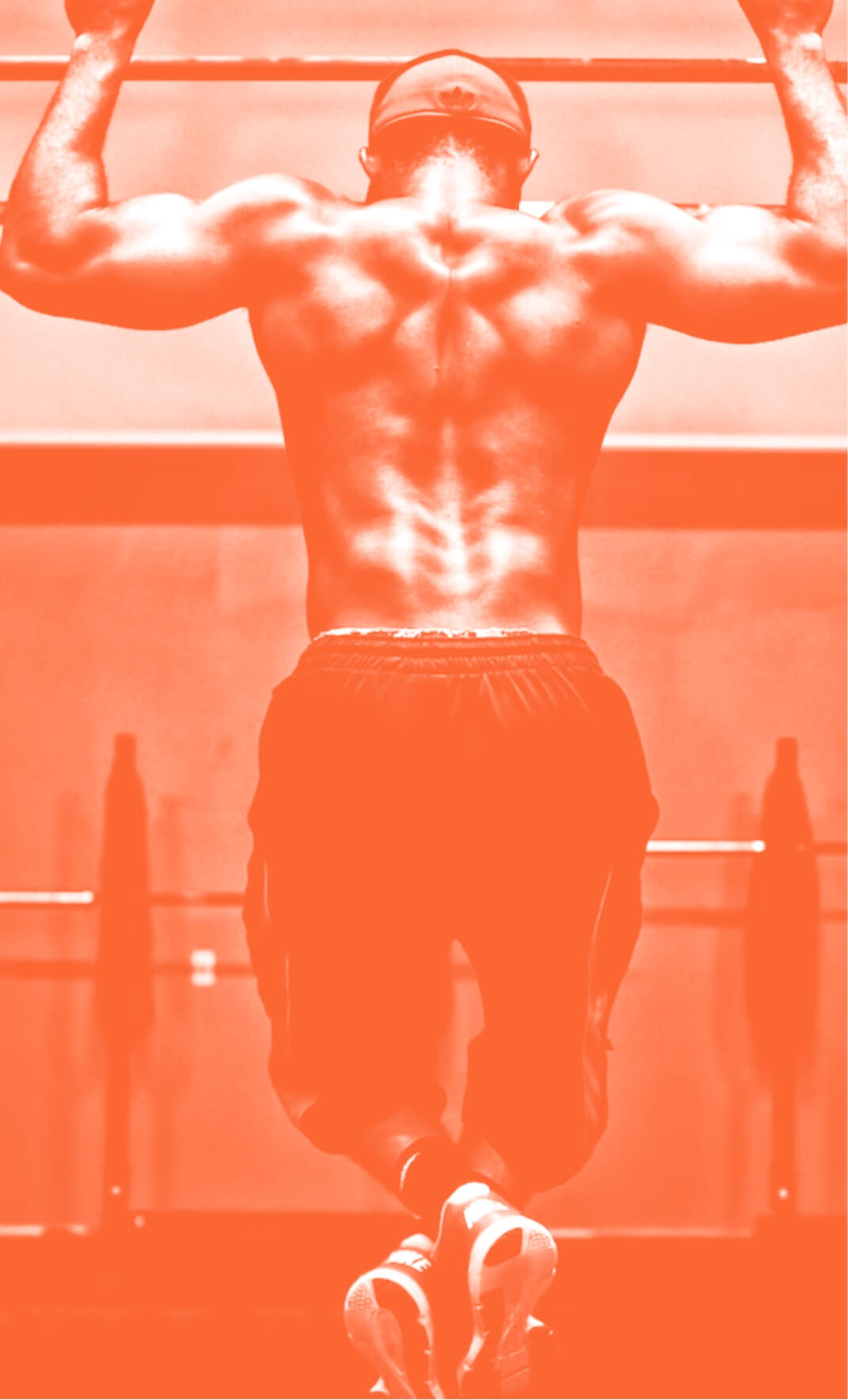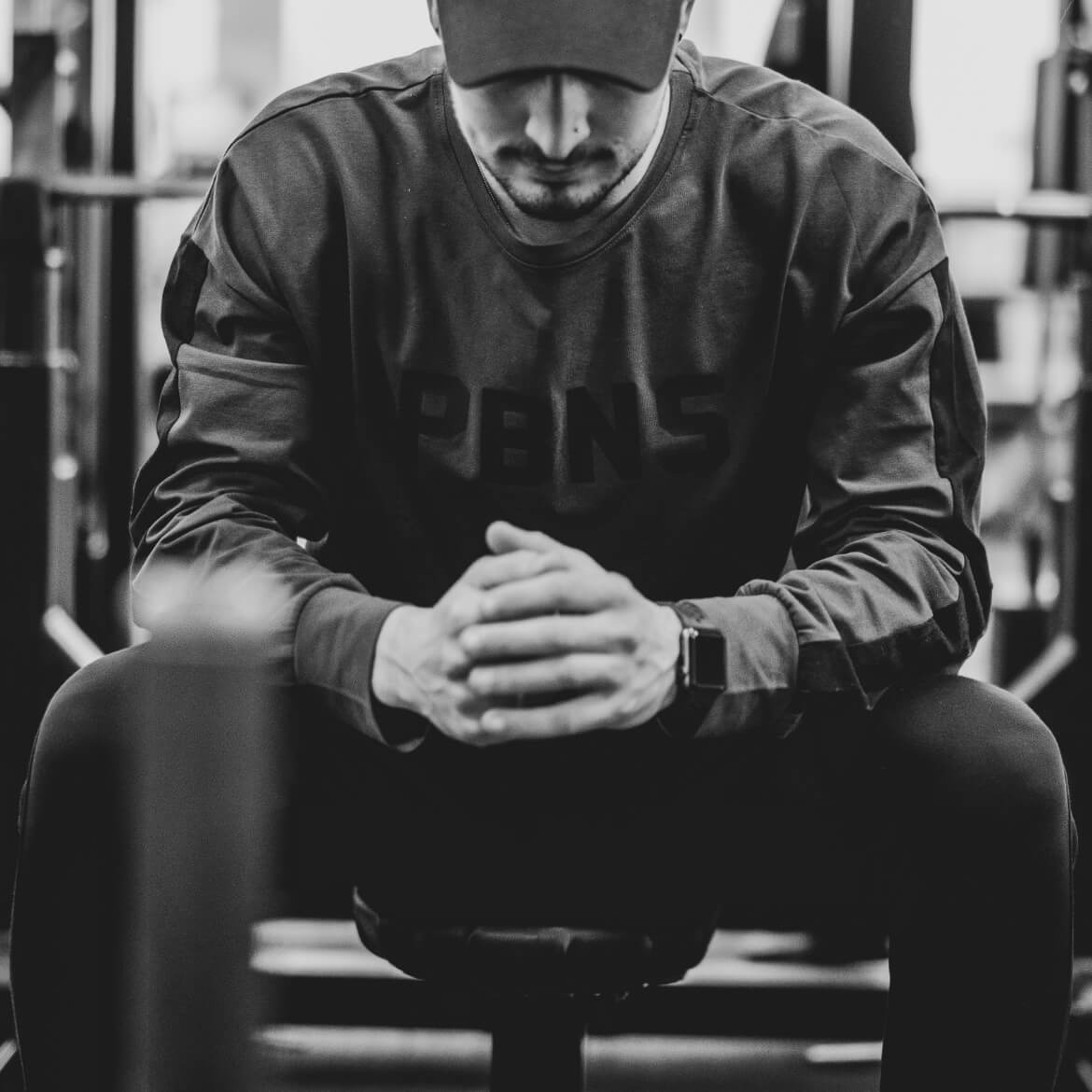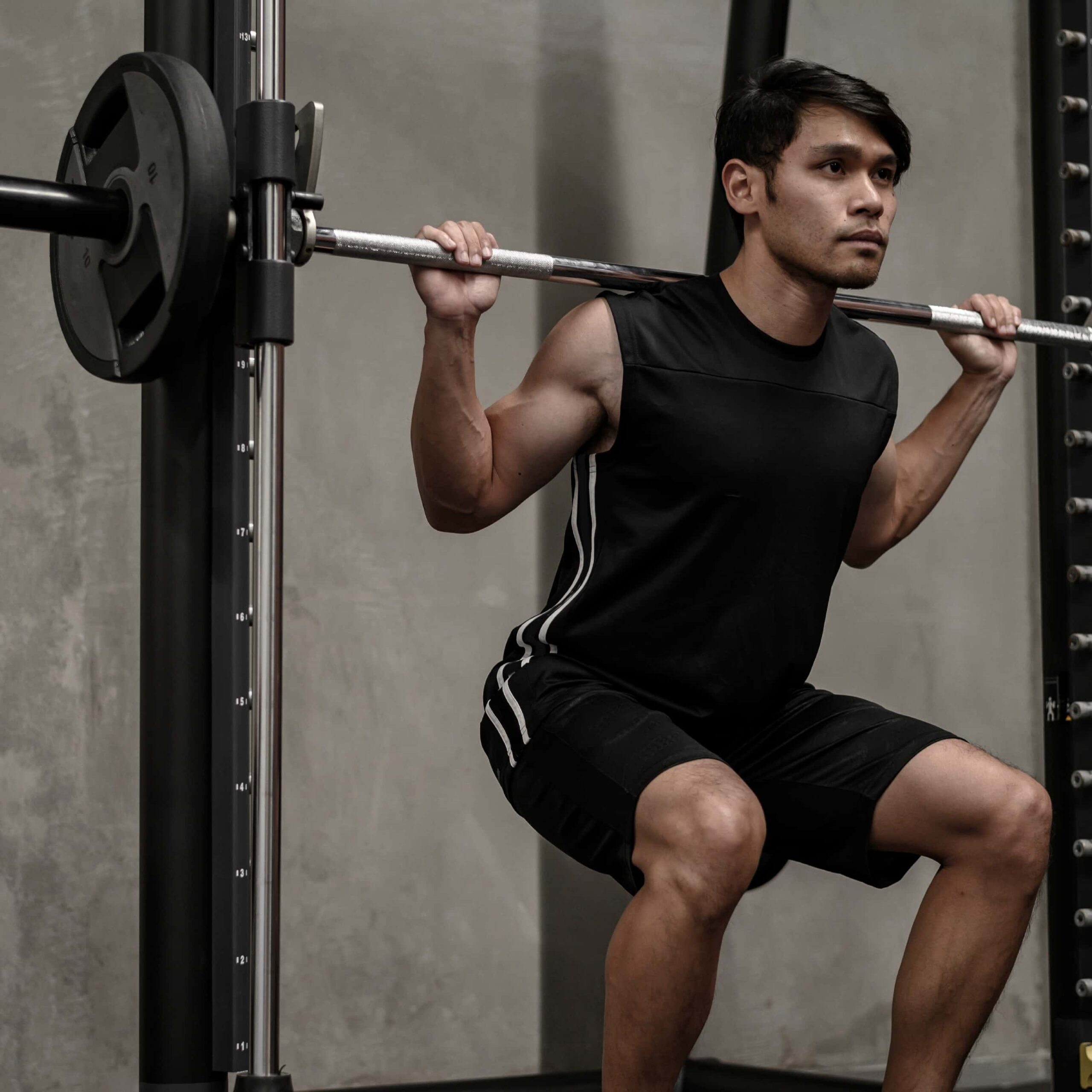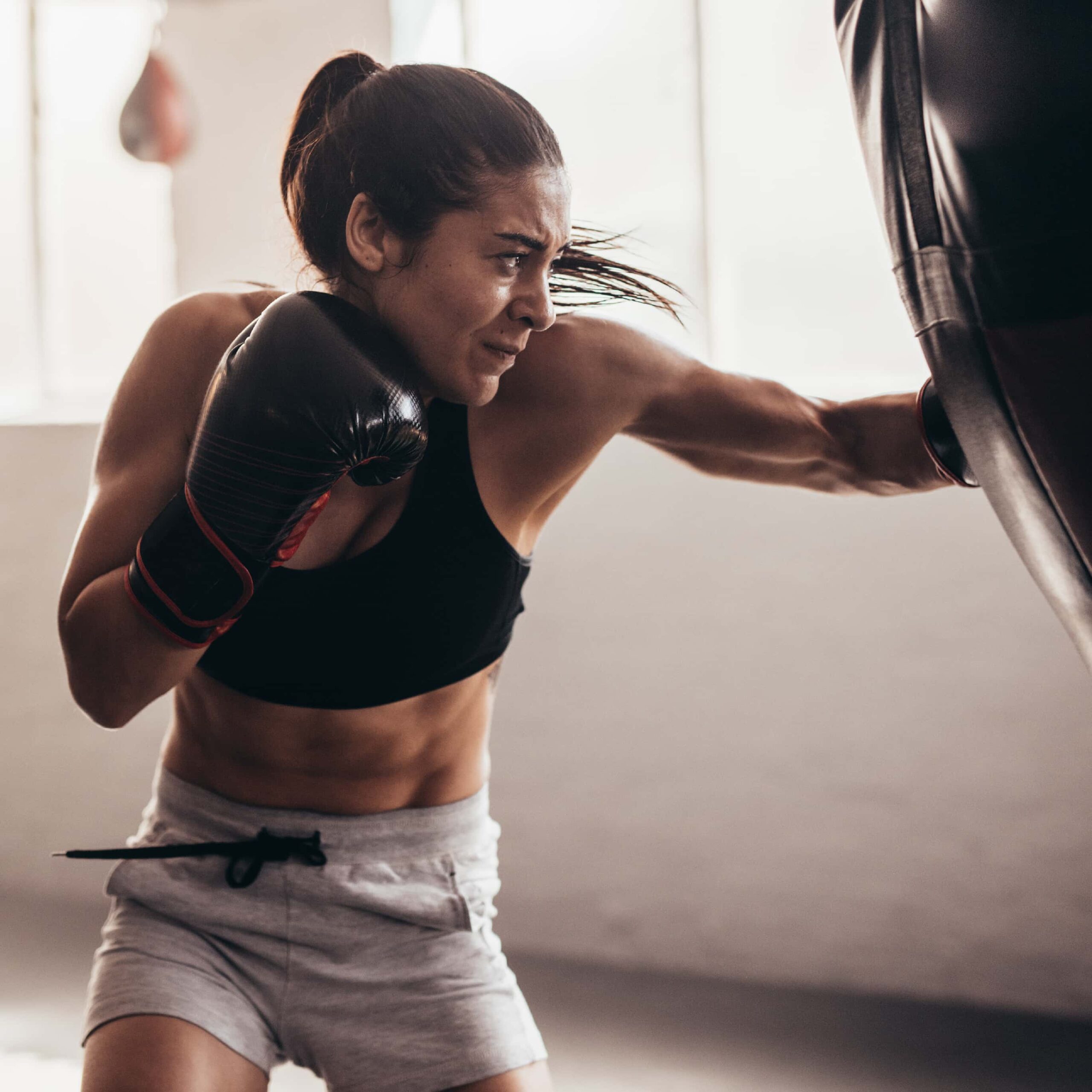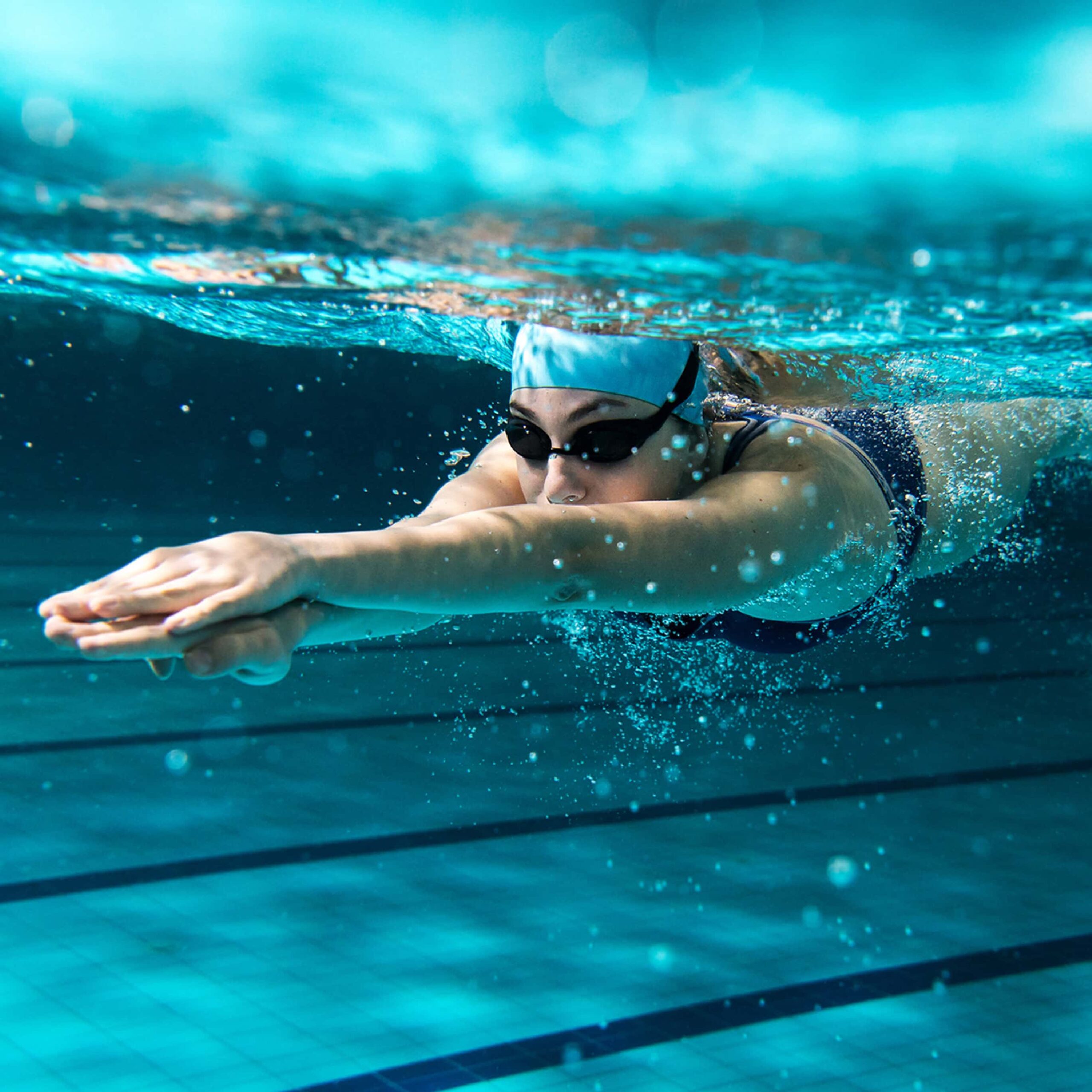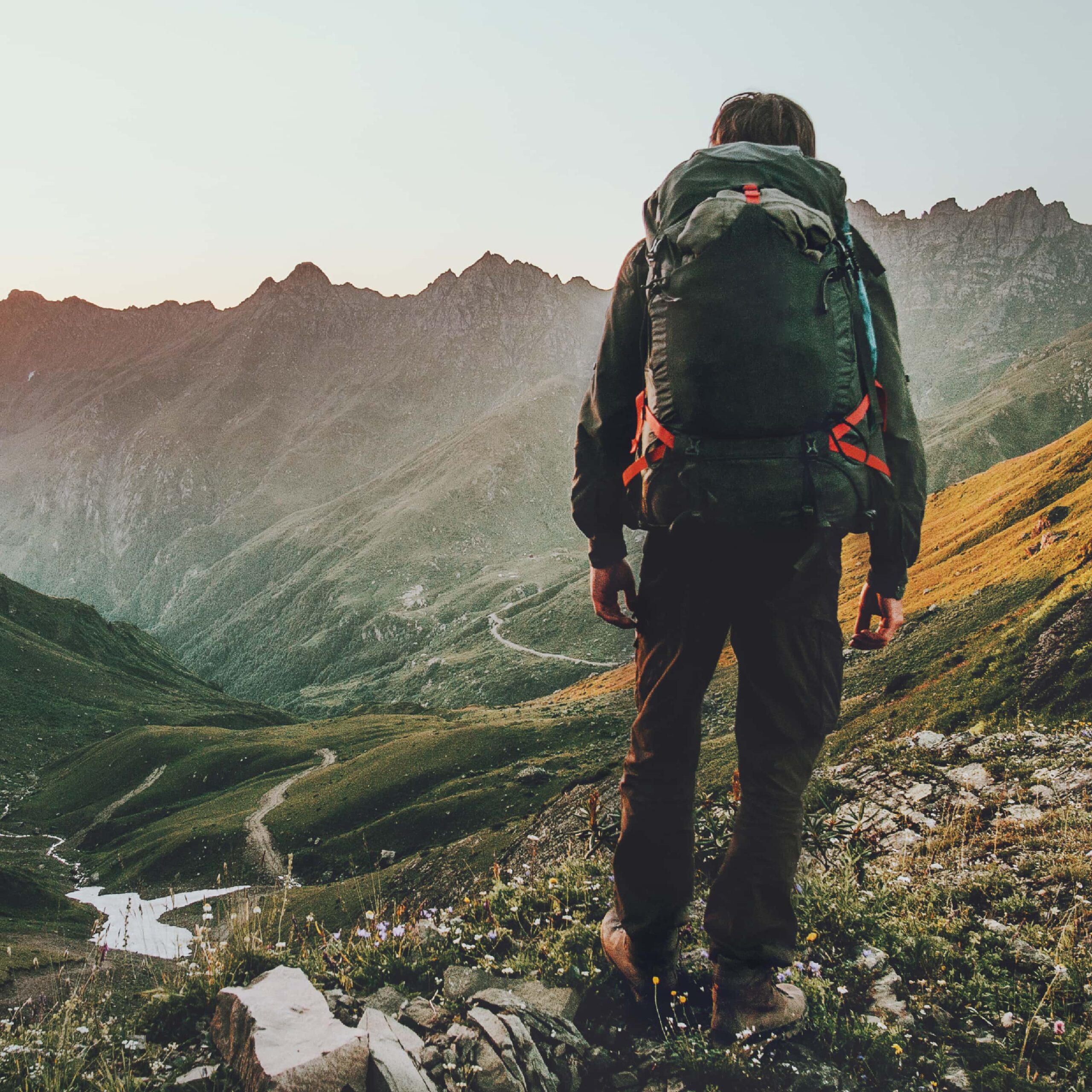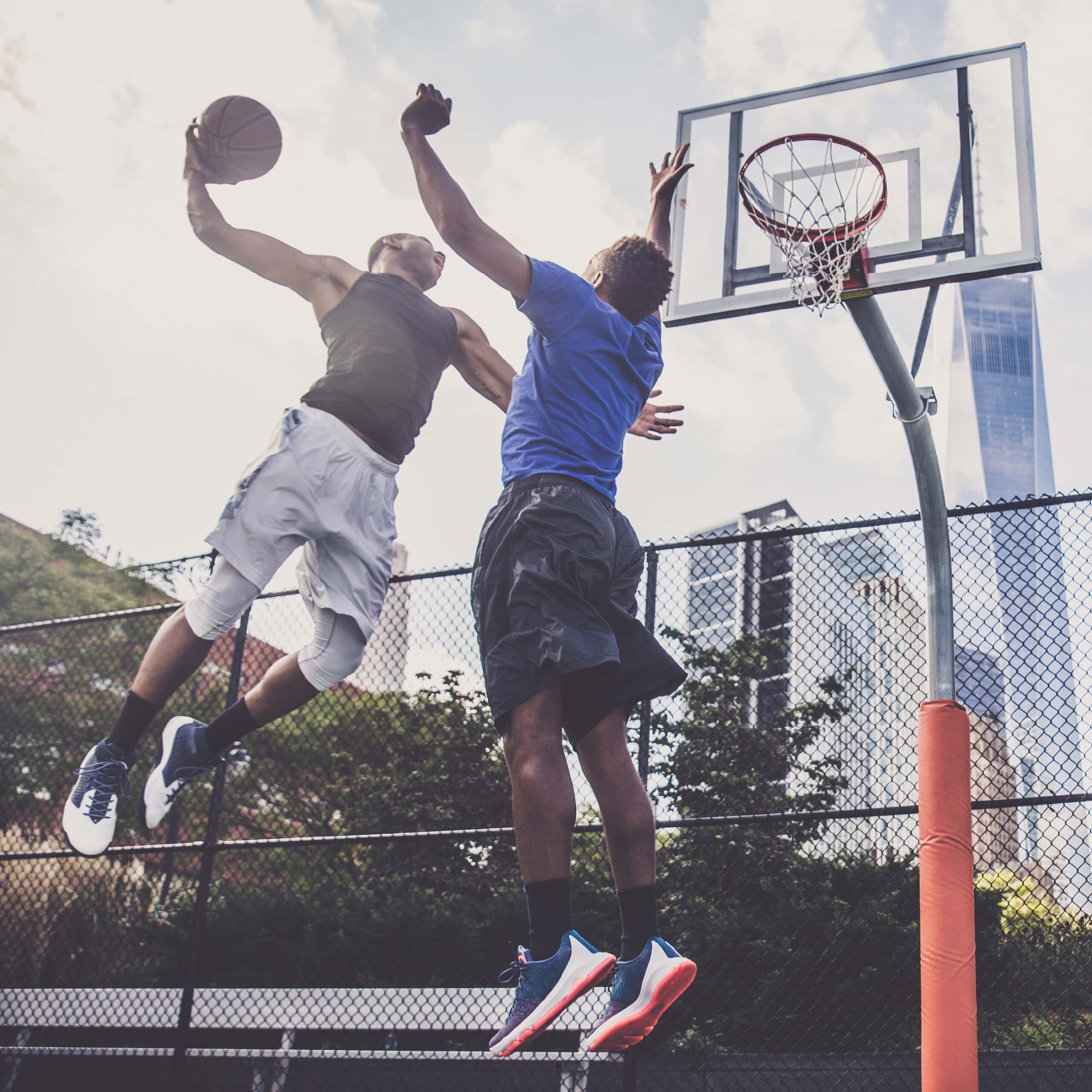6 Useful Yoga Poses for Inflexible People
20th Sep 19

Yoga is an incredible thing to get into, for anybody. The real beauty of it is how it’s equally beneficial for your mind and your body harmoniously. That’s something that isn’t always shared across exercise, and another reason that being inflexible shouldn’t be a barrier to yoga.
Exercise is seen as active, in principle, and it is. Yoga, however, is more about slowing the pace down and getting in a more concentrated isometric exercise and making the most of the meditative effects. Despite this, though, getting started isn’t always the easiest of things to do, mainly because it does require some flexibility. Fear not though there are a few easy-ish yoga poses that even the most inflexible of us can get stuck right into without ever coming across a downward dog or any asana before!
Want to move fast? Jump to the right section below.
Cobra

To get things started, the first yoga pose we have is the cobra. This exercise revolves mostly around using your lower back muscles more than anything else. That doesn’t make it easy, but it does make it a good starting point, and it’ll be great for improving your lower back health which is where a lot of problems can come from.
To do the cobra, lay flat on your stomach, place your arms by your sides and lift yourself up using your hands as support.
Tree

Next up is the tree pose. This one doesn’t need much more flexibility than the last one. One issue that it does pose however is balance. It’s still one of the easier yoga poses, but for inflexible people, it isn’t the easiest. You do need to stand on one leg after all; practice makes perfect though!
To do this one, you need to place your hands together in front of you. From there, lift one leg and place the bottom of your foot on your adjacent knee. Hold, breath and switch.
Warrior

The warrior pose is another yoga classic, and it’s one of the much more famous yoga poses out there, making it great for this list (and it looks cool). It’s a great way to stretch out your whole core section as well as your upper legs.
The warrior uses the same kind of mechanics as lunges, and it’s revolving around you, placing your hands together up above your head. From there, lunge, breathe and hold.
Child’s Pose
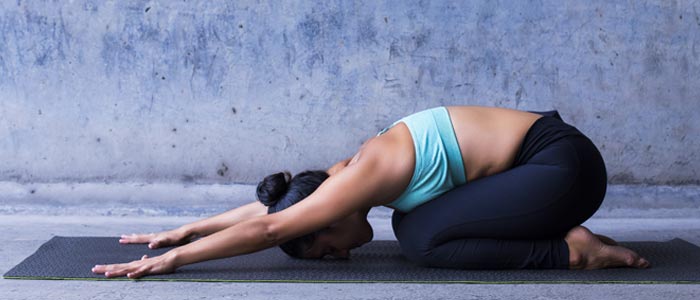
The child’s pose is an awesome way to get into your own little world and make the most of the serenity of what you’re doing. It is an awesome way to stretch out your whole upper body, especially your back and shoulders if they’re tight.
To do the child’s pose, you need to get on your knees to begin. When you’re ready, take a deep relaxing breath, and bring your torso up and forwards. Stretch your arms as far out in front of you as you can, and really feel the stretching that the pose offers you.
Downward Facing Dog

The downward-facing dog (possibly the most famous yoga pose of all) is probably one of the harder exercises in terms of inflexible yoga poses on this list. However, it’s still one to work up to before you try anything too drastic. It’s a natural pose and doesn’t require you to hold your weight too much either. You can use extra support too if you need it.
To get into the downward-facing dog, you essentially form an upside-down V with your hands and feet being the only point of contact to the floor; kind of like when a dog is stretching (who’d have guessed it?).
Bridge
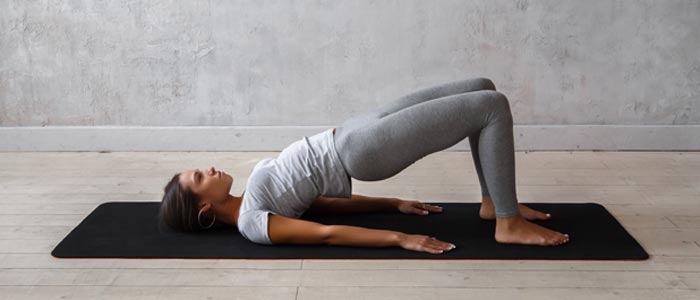
The bridge pose is one of the yoga poses in this list that you’ve probably seen before. It almost mimics the exercise that Is the glute bridge perfectly. It’s an awesome way to make the most of your glutes and upper back as you hold the isometric position.
Finally, to do this one, you lay on your back with your knees bent, push downwards to lift your bum off the floor, and hold, so there’s a bridge under your body.
All of these poses are a good place to start. They’re great poses for both inflexible people and for beginners in general (but here’s more info on that). They all require very little flexibility, but will still help you advance in your yoga and actually help you to build your flexibility up a little. It’s valuable in and out of exercise, and it’s something that’s always a good idea (it can even help with back pain).
For more flexibility help, check out this NHS guide too.
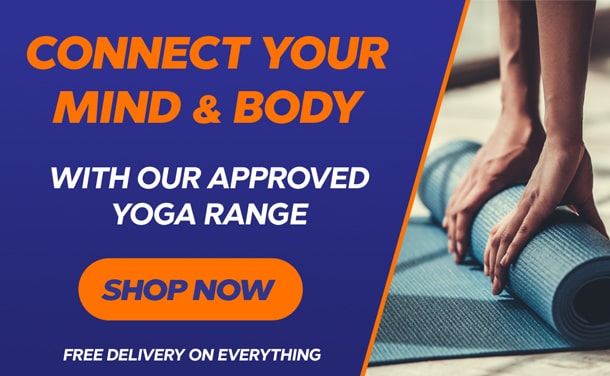
Before beginning any exercise or nutrition program, consult your physician, doctor or other professional. This is especially important for individuals over the age of 35 or persons with pre-existing health problems. Exercise.co.uk assumes no responsibility for personal injury or property damage sustained using our advice.
If you experience dizziness, nausea, chest pain, or any other abnormal symptoms, stop the workout at once and consult a physician or doctor immediately.

